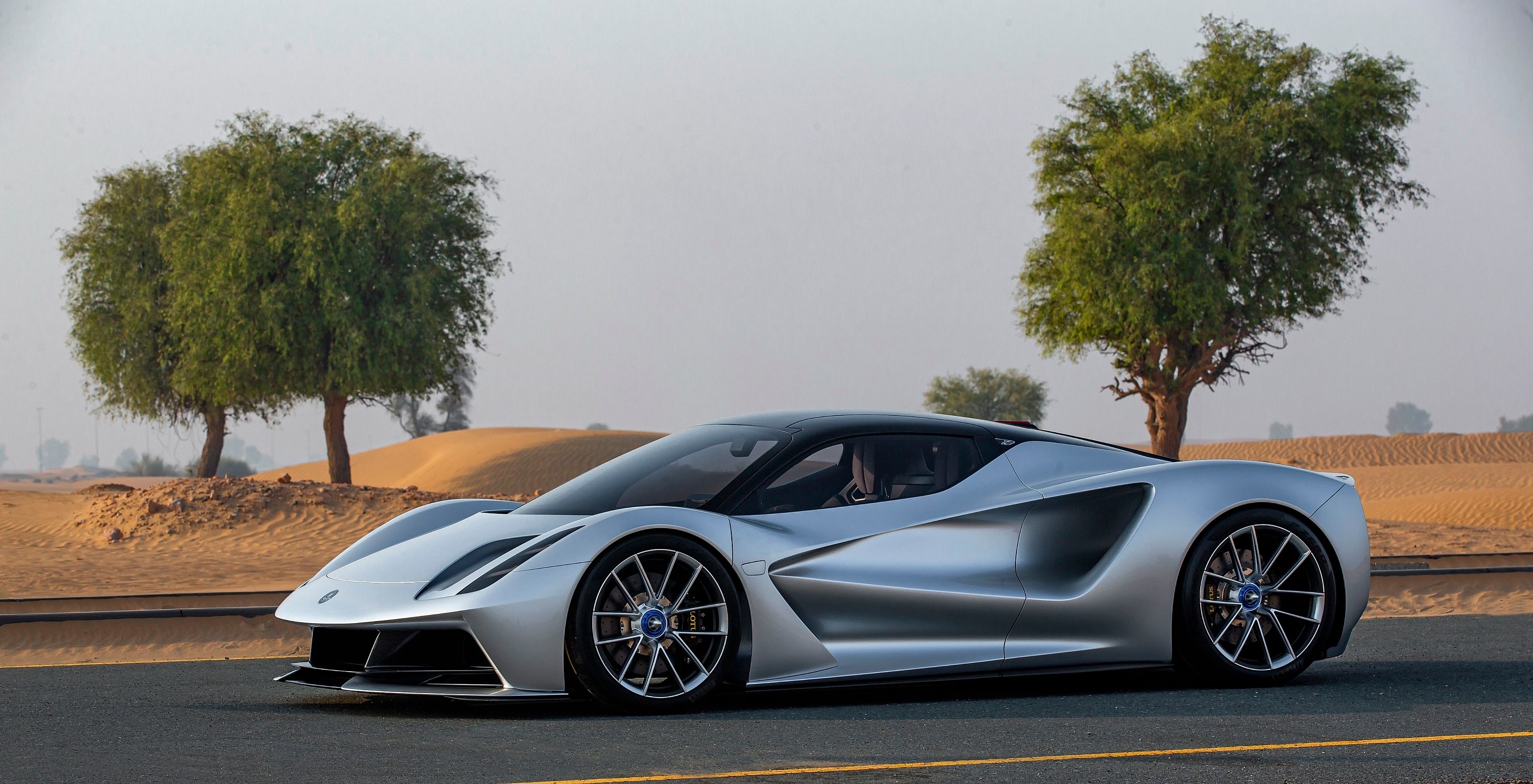
"Simplify, then add lightness." It's the Colin Chapman theory that Lotus has thrown out the window with its latest attempt to jump-start the brand: the 2,000 PS (1,973 horsepower) electric hypercar known as the Lotus Evija. When Lotus unveiled the car in July this year, the world stopped and took notice of what was said to be the world's most powerful production car.
Just 130 units are to be built, each sold with a price tag of $2.2 million. But the Evija we saw at the Monterey Car Week was a static model, at least in the sense that we hadn't yet seen it belting around a track or on-road at a high rate of speed. As Lotus looks to push on towards the start of production in 2020, though, it has given us our first sight of the EV hypercar going all-out in testing.
The film was released this week at the Guangzhou Auto Show in China - showing once again how focused the British marque is on the Chinese market under Chinese ownership. In the video, we see the Evija's dynamic debut, showing that the car has entered what they call the initial build phase of its lifecycle.
The video shows a camouflaged engineering prototype #2 going all-out on a private test track, which is just one of many the Evija will be developed on. Track time will also be had at Hethel, the home of Lotus' British operations, as well as on other high-speed and handling circuits across Europe.
The testing will take place over the next few months, involving thousands of miles and hundreds of hours both on track and on public roads. At this point in time, the testing is already at an advanced stage, and the car has already undergone advanced kinematic testing of its suspension to ensure it can handle the loads applied during street and track use. "Physical prototype testing at speed is a landmark moment for the Evija and hugely exciting for everyone involved," claims Gavan Kershaw, Director of Vehicle Attributes for Lotus. "Our aim is to make sure it's a true Lotus in every sense," he continues, "with exceptional performance that's going to set new standards in the hypercar sector."
Production of the hypercar is slated to begin in 2020, with each Evija powered by two electric motors generating a total output of 1,973 hp and 1,253 lb-ft of torque channeled to all corners. It's also going to debut incredible EV charging technology, with charging at rates of up to 800 kW. It could overcome the issue of long charging times for EVs, as even on a 350 kW charge it can recuperate 80% charge in just 12 minutes.
Entering this advanced stage of development bodes well for the car, which will come up against rivals like the Rimac C_Two and its Italian cousin, the Pininfarina Battista. It should make for an epic battle of the EV ultra-elite when the Evija officially launches, and the result in the real world could be very different from how these electric hypercars weigh up on paper.
